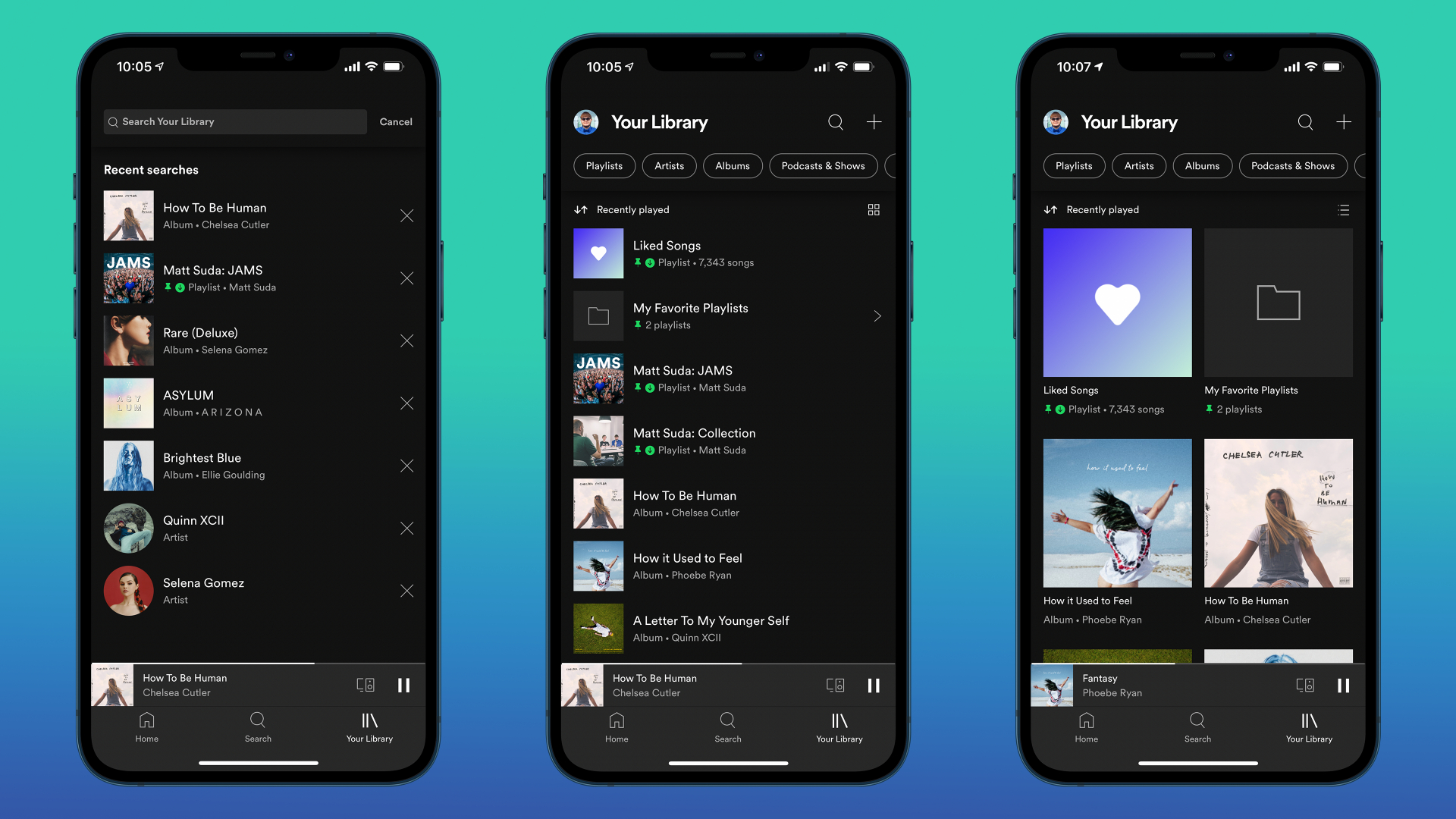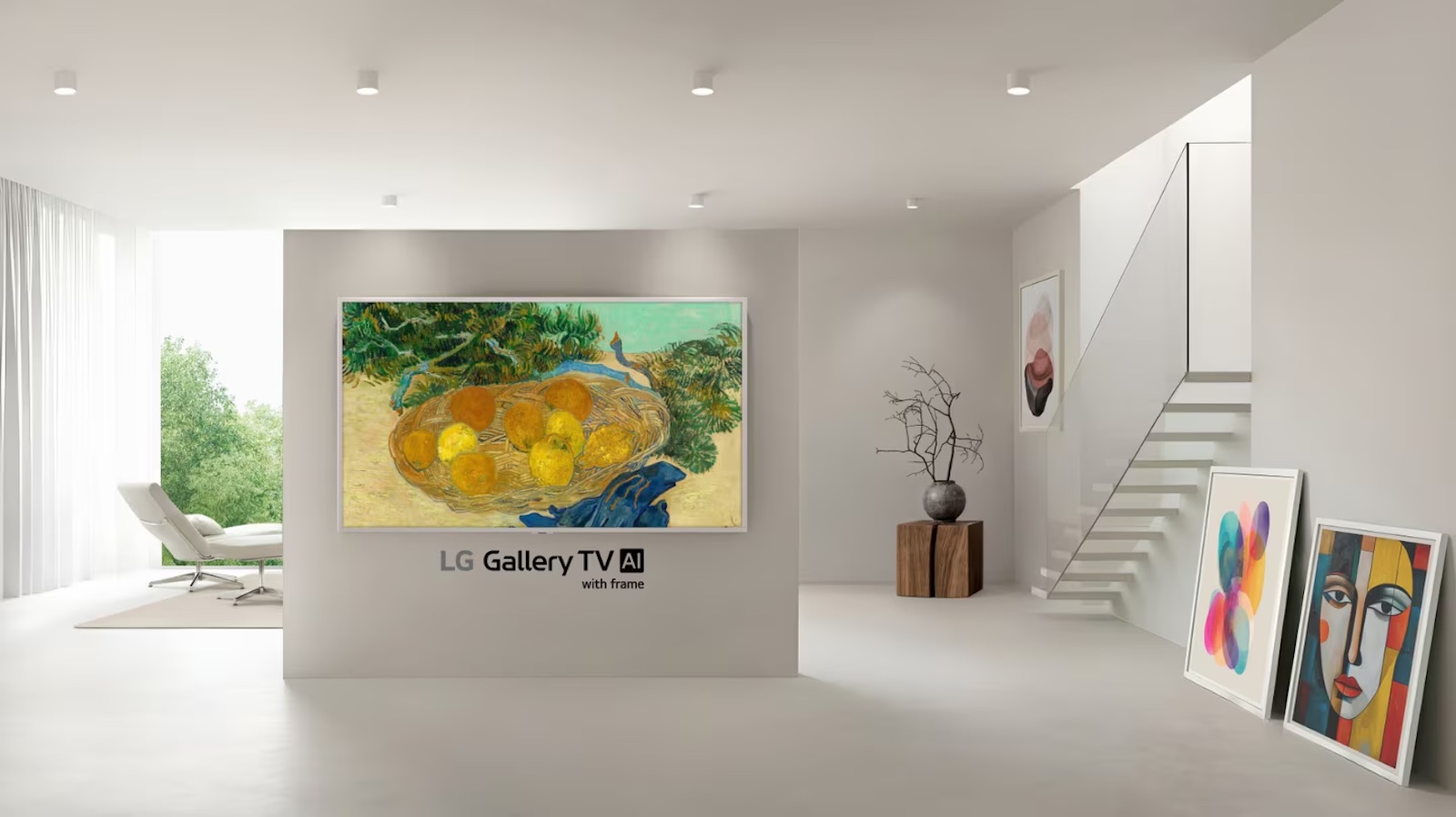Streaming is better than ever, but has it killed the playlist as an art form?
Some people grew up with cassette mixtapes, I grew up burning CDs

In the same way that cassette mixtapes faded away as new technological advancements were ushered in, CD burning has seemingly met its death as disc drives become almost non-existent in modern laptop design.
As no fewer than four of the most popular streaming services now offer affordable, unlimited access to hi-res music streaming, we have to admit that streaming is more enticing than ever before. Thousands upon thousands of our favourite artists, albums, tracks, and podcasts are now available to stream at an increasingly higher resolution.
So – and we debate this a lot at What Hi-Fi? – is physical music necessary for portable applications in the modern world? It’s hard to imagine anyone would still care about burning CDs when it is much more convenient to just plug in your phone – but I do.
I jumped head-first into Spotify around the time of its launch and thoroughly enjoyed the entirely ad-free experience that it once was. This was my introduction to streaming music, as I’m sure it was for many, and it was an eye-opening experience to say the least, introducing me to countless new artists and albums I might not have otherwise found.
Before this revelation, I naturally exclusively dabbled with CDs, ripping them as MP3s to form a mirrored digital library in iTunes. Even years after discovering online streaming, iTunes still ruled my portable listening world, allowing me to sync my library to my iPod or burn playlists to CDs.
This was compounded by the fact that my first car didn’t even have an auxiliary audio input, so I was almost solely reliant on CDs for consistent on-the-road entertainment. Did this feel like a hindrance? Probably at the time, but if anything I found myself making more playlists with more considered choices and orderings than I ever have or ever did. The beauty of hindsight, eh?

Carefully considered choices
Sure, you can share the link to your carefully curated Spotify playlist with friends or family but there was something more sincere and definite about making a playlist for a physical medium. Once burnt, that’s it – there’s no reordering, adding, or removing of tracks.
The latest hi-fi, home cinema and tech news, reviews, buying advice and deals, direct to your inbox.
Having an awareness of the disc’s capacity and culling tracks accordingly, testing it out in the car, and realising tracks three and four would work better the other way around, perfecting the craft through trial and error. To many readers, these may be the defining drawbacks of the whole process. I appreciated these restrictions as they forced me to actively think about the music I was including.
Don’t get me wrong, I still put thought into the Spotify playlists I create, but they often become vague dumping grounds for songs I like and plan to organise later. Either that or they end up expanding to lengths spanning multiple days with no need for them to be succinct. I find it’s an intrinsically more casual, fleeting, less involved curating experience.
My iTunes playlists were always focused, album-length, and purposeful. I couldn’t fit more than 10 to 13 tracks on a disc, and if one track was over six or seven minutes in length, then you better believe something else was getting binned.
Each disc had a personality and an identity which I’d end up associating it with. Depending on the mood, company, or setting, I’d reach for a certain disc. The collection of burnt CDs I created ended up being like a colour pallet with an option for any occasion or mood.
They were tangible, easy to load, and cable-free (amazing for those of us who hate having aux cables coiling around the car). What’s more, I didn’t have to worry about phone battery, internet signal strength, or remembering to download music for offline playback – I just had to make sure the CD wasn’t getting battered in the door of my car between plays.
Now, my laptop today doesn’t feature a disc drive and neither does my car. While I’m sure there are people who still rip their CDs to a NAS (network-attached storage) drive, the burnt CD playlist is all but dead. As mentioned earlier, streaming services are better than ever, and wireless Bluetooth connectivity in cars is more convenient than ever, so why should anyone complain?
Despite the quality of modern alternatives, I still lament the loss of a deeply personal and satisfying musical experience that may stand as one of the last great phenomena in the world of physical music. Some among us grew up early enough to make cassette mixtapes, I grew up in the era of burning CDs. And I will always have a soft spot for an underrated art form that now seems lost to the annals of time.
MORE:
Here's why streaming will never replace my physical music collection
Netflix and Disney Plus might be convenient, but I will never part with my DVD collection
4K Blu-ray is on the verge of dying out and no one seems to care
Right on cue, Tidal begins rolling out hi-res FLAC streaming
Ainsley Walker is a staff writer at What Hi-Fi?. He studied music journalism at university before working in a variety of roles including as a freelance journalist and teacher. Growing up in a family of hi-fi enthusiasts naturally influenced his interest in the topic. Outside of work, Ainsley can be found producing music, tinkering with retro tech, or cheering on Luton Town.
